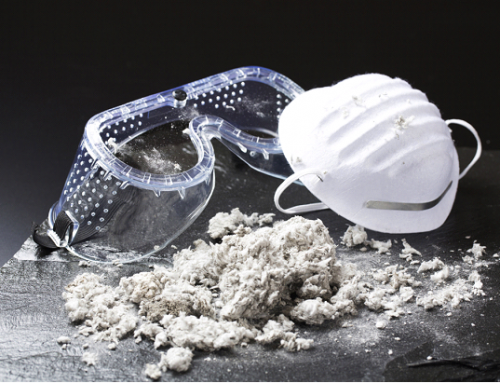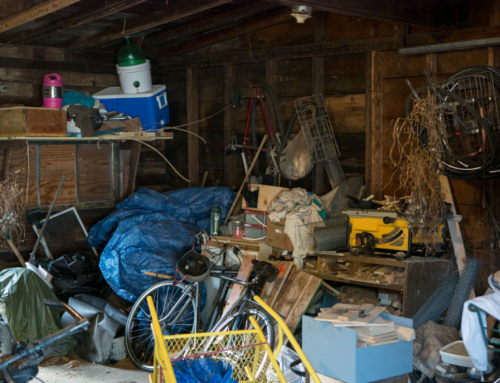There is a silent menace that could be attacking your home right now. Silently spreading, looking for places to infest: waiting to cause illness, allergies, and other health problems. Scared yet? You should be. Mold is one of the more common organisms that you might find growing in your house, and something that you rarely regard as little more than an eyesore or aesthetic blemish, but the real menace of molds is their deceptively innocuous appearance as opposed to their potential threat: that something so passive and insignificant looking can potentially cause a lot of harm.
So what are Molds?
Molds are a type of fungus, like yeast or mushrooms. They grow in threads, or “hyphae1”, and they appear as growths of different colors. They need food, water, and oxygen to propagate, and they usually thrive in temperatures around 40-100 degrees Fahrenheit. Inside your house, they get their nourishment from decomposing organic material (usually paper or wood). It can also feed off of dust from surfaces, and eat synthetic substances like paint and adhesive chemicals. They reproduce using spores, and can easily grow within 24 to 48 hours after the spores latch onto suitable material.
Household Molds
There are a large variety of molds, and they come in different colors and shapes. Some of the molds that are the bane of homeowners include the following varieties:
Stachybotrys – also called “Black Mold” or “Toxic Mold”, it grows in extremely damp places with high humidity and gets its scary name from its mycotoxins that may cause severe allergic reactions and health problems.
Trichoderma2 – white-colored mold with green patches; it grows in wet areas and moist surfaces like carpets, and even air conditioning filters. It releases an enzyme that rots wood, paper, and textiles. While most varieties of Trichoderma are not toxic, some can cause liver and pulmonary infections.
Mucor – is a white or gray-colored mold that grows near air conditioners, HVAC units, and damp carpets. It causes a host of respiratory infections including Mucormycosis, which is a type of infection that can wreak havoc on the sinuses, lungs, and brain.
Penicillium Mold – you heard right. Penicillin, which is widely known to have antibiotic properties, can cause respiratory conditions when grown indoors. This blue or green mold loves to grow in water-damaged homes, mattresses, carpets, and wallpaper.
Fusarium – This mold comes in red, pink, and white. Known to grow on food products and compost, it is also found growing in fabrics such as carpets; as well as in wallpaper. It is known to cause skin infections and allergic reactions. Continuous exposure to this mold may cause bone infections and brain abscesses.
Cladosporium – an olive-green or brown in color, this mold is found in fabrics, upholstery, floorboards, and carpets. It is an allergenic mold that potentially causes skin and lung irritation, allergic reactions, and asthma.
Aspergillus – a common mold found in households, this mold has more than 185 species and can appear in a variety of colors. These molds are also allergenic and may cause respiratory inflammation, lung infections, and asthma. Some variants can produce lethal carcinogens called aflatoxins.
Aureobasidium – this mold has a pink, black, or brown color and likes to grow under wallpaper and on painted surfaces, it causes dermatitis; as well as skin, eye, and even nail infections.
Chaetomium – it is a mold that changes color over time: from white to gray, then brown to black. Found in sinks, basements, and water-damaged homes. This mold may also cause skin and nail infections and may be lethal to people with weak immune systems.
Though it may be tempting to go at them with a soapy washcloth, the best way to properly remove molds is by turning to mold remediation experts. We at Pro Services are available 24/7 to help you get rid of unsightly and dangerous molds in your home. We also offer damage restoration, cleaning, remodeling, and construction services for Maryland, Virginia, Washington DC and Pennsylvania, West Virginia, and the Delaware area. Contact us and make us “your one-stop service solution” today!



